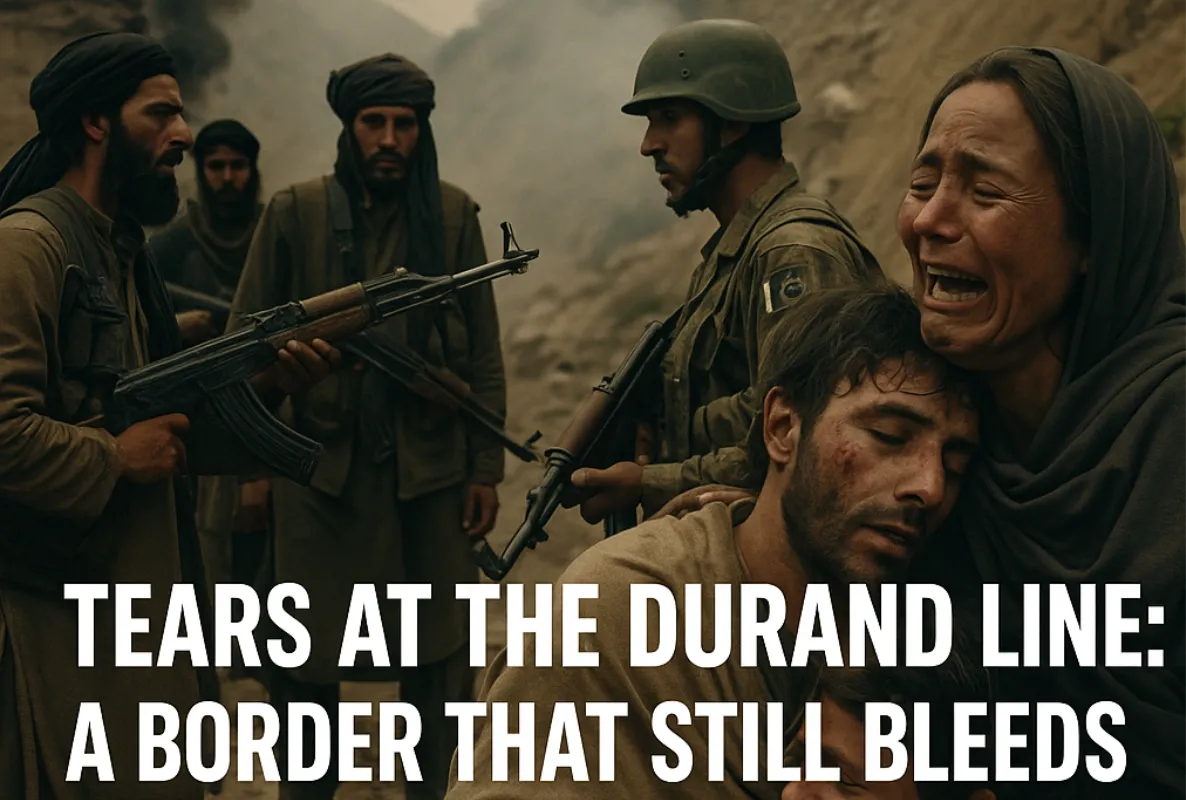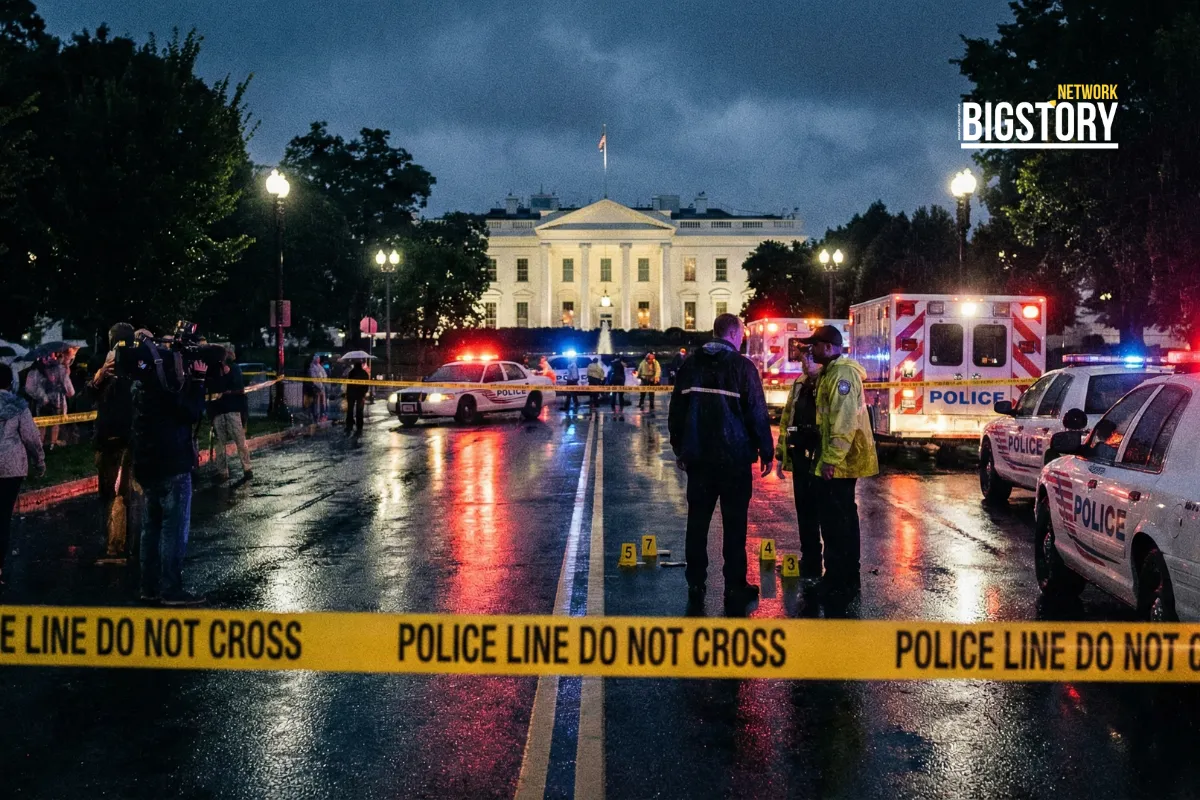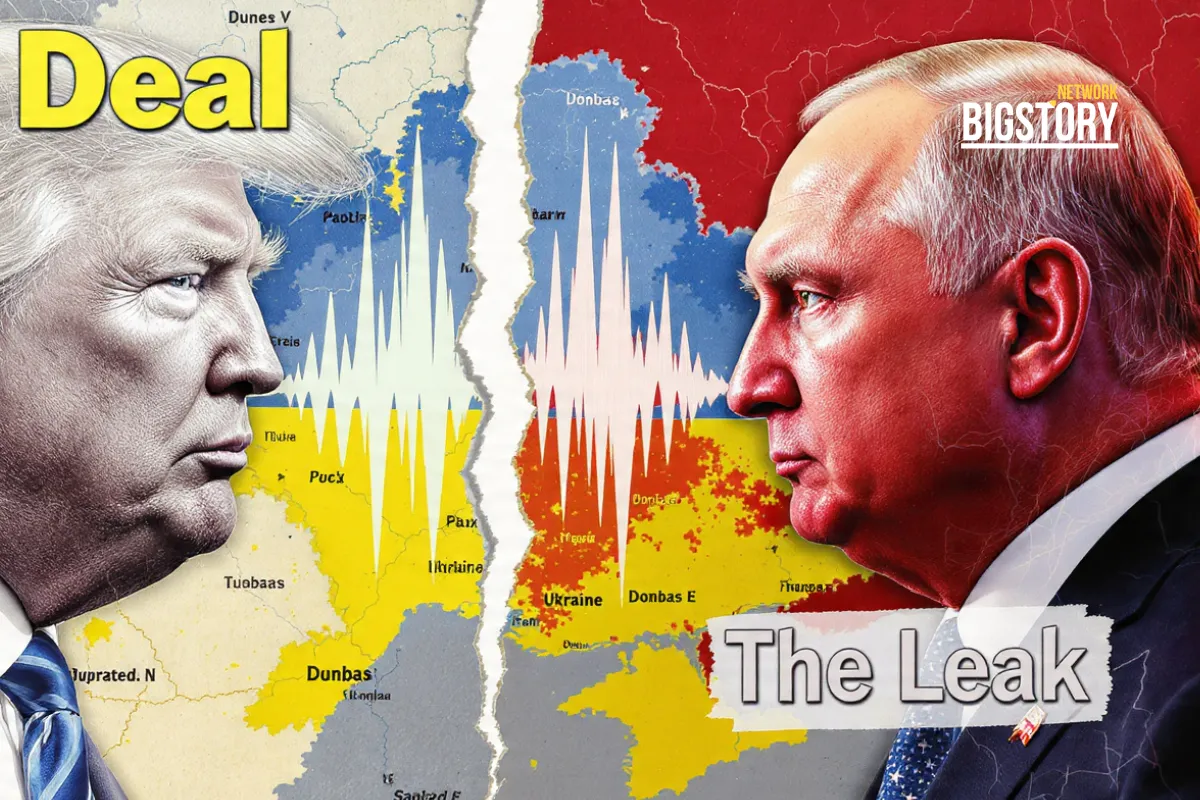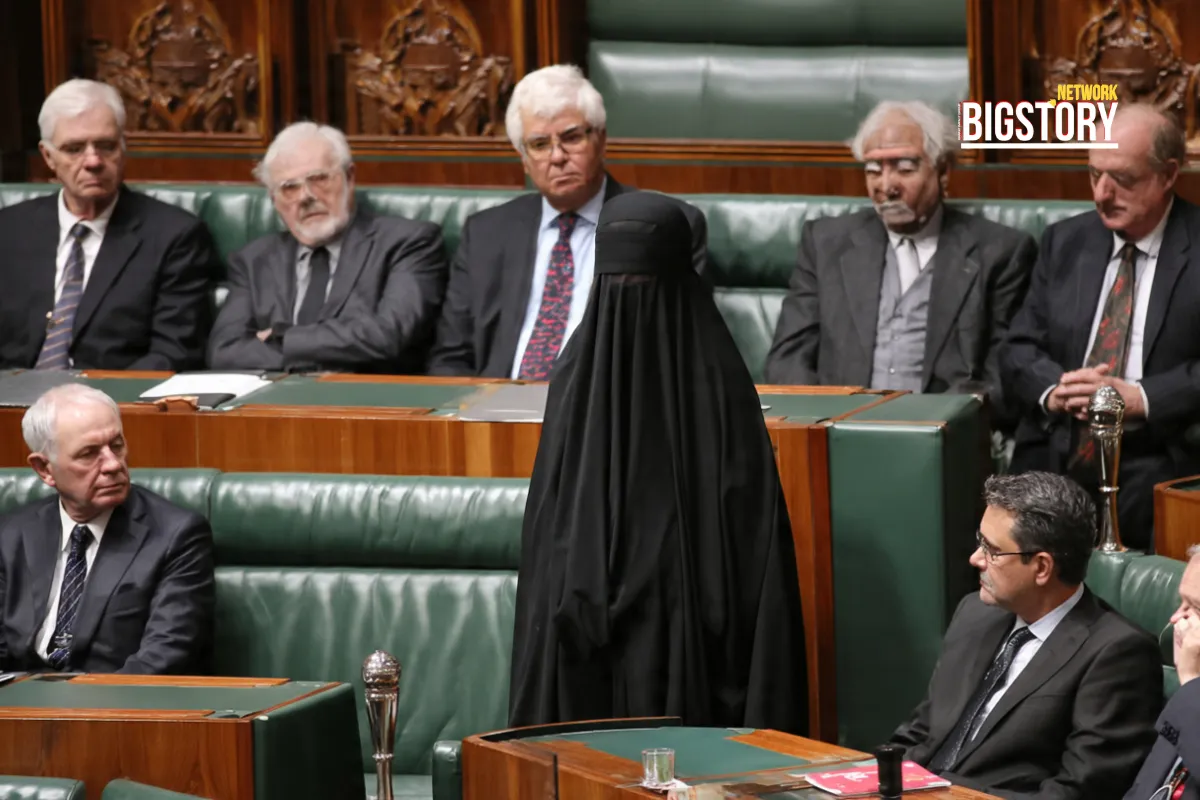Clashes along the Durand Line have killed dozens, reviving a 130-year-old colonial wound. This isn’t just another border war—it’s history on fire.
 Sseema Giill
Sseema Giill

The deadliest border clash in years isn’t just about two neighbors fighting — it’s about the ghosts of an empire still drawing blood in 2025.
The Afghanistan–Pakistan border exploded into heavy clashes early Wednesday, leaving at least 15 Afghan civilians dead and dozens injured.
The fighting — which both governments claim killed hundreds of soldiers and militants — marks the most serious escalation along the Durand Line since the Taliban returned to power in 2021. Pakistan says it killed 200 Taliban fighters. Afghanistan claims to have eliminated 58 Pakistani troops. Neither figure has been independently verified.
The immediate trigger was Pakistan’s October 9 airstrike in Kabul targeting TTP chief Noor Wali Mehsud. Hours later, the Afghan Taliban launched coordinated attacks across five border provinces, setting off days of intense shelling and ground combat.
But this isn’t just another border flare-up. It’s a 130-year-old wound reopening.
The Durand Line — a 2,640 km border drawn by British diplomat Sir Mortimer Durand in 1893 — divided Pashtun tribes between Afghanistan and what later became Pakistan. Afghanistan has never recognized this border.
Entire communities remain trapped in the legal and political no man’s land it created. Cross-border trade is often illegal not because of crime, but because the border itself is contested.
Pakistan once saw the Taliban as a strategic asset — a buffer against India’s influence. But since their takeover in 2021, the TTP has used Afghan territory to attack Pakistan. Islamabad now faces the forces it helped nurture.
Zabihullah Mujahid, 47 — Taliban spokesperson, once a faceless propagandist, now the public face of Kabul. His statements shape the Taliban’s diplomatic and military messaging.
Field Marshal Asim Munir, 57 — Pakistan’s powerful army chief, former ISI head, now forced to fight the forces his institution once supported.
Noor Wali Mehsud, 47 — TTP leader targeted in Pakistan’s airstrike. His survival has turned him into a rallying figure for militants.
Behind these headline names are thousands of civilians living in border villages — people who never consented to this line and pay the price for its existence.
At Spin Boldak Hospital, doctors treated more than 80 wounded civilians, most of them women and children.
Sixteen-year-old Naiko, a refugee in Chaman, smuggles goods across the Durand Line for $5 a day — the only work available in a region fractured by colonial geography.
On the Pakistani side, six paramilitary soldiers were killed. Their families now mourn deaths caused by a border that predates their great-grandparents.
This conflict reverberates far beyond Kabul and Islamabad.
This is a border conflict with global consequences.
Pakistan has deployed AI-powered border surveillance — drones, facial recognition, and real-time tracking — along the Durand Line.
But the problem isn’t the tech. It’s that the other side doesn’t recognize the border. Facial recognition can’t enforce a political fiction.
Meanwhile, both sides are waging a parallel propaganda war on social media — the Taliban posting footage of captured Pakistani tanks, while Pakistan releases images of destroyed Taliban positions.
It’s 21st-century technology applied to a 19th-century wound.
Search trends around this conflict show both urgency and curiosity:
Most coverage stops at casualty numbers. BigStory’s advantage lies in exposing the colonial roots, human impact, and strategic stakes.
Conventional Take: Another Taliban–Pakistan skirmish.
BigStory Reframe: This is the Durand Line coming back to life. A line drawn in 1893 is dictating who lives and dies in 2025.
This isn’t just about Taliban or TTP. It’s about the dangerous half-life of imperial borders that outlived the empires that drew them.
The Afghanistan–Pakistan clashes prove that history doesn’t disappear — it mutates.
Pakistan is confronting the Taliban it once empowered. Civilians are dying over a boundary they never accepted. China’s infrastructure is at risk. AI surveillance is useless against colonial cartography.
From Kashmir to Kurdistan, these borders remain fault lines. Technology can’t fix what empire broke.
Q: What is the Durand Line?
A 2,640 km border drawn by the British in 1893 dividing Pashtun tribes between Afghanistan and Pakistan. Afghanistan has never officially recognized it.
Q: Why are Taliban and Pakistan clashing now?
After Pakistan’s airstrike on TTP leader Noor Wali Mehsud, Afghan Taliban forces launched cross-border attacks in retaliation.
Q: Why does this matter globally?
It threatens China’s Belt and Road Initiative, regional stability, and underscores how colonial borders fuel modern wars.






Sign up for the Daily newsletter to get your biggest stories, handpicked for you each day.
 Trending Now! in last 24hrs
Trending Now! in last 24hrs



